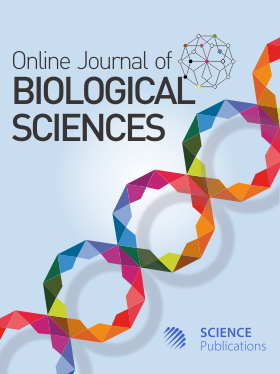Reprocess of Copper from Worn Printed Circuit Boards
- 1 Department of Zoology and Biotechnology, Lady Doak College, Madurai- 625002, India
- 2 Department of Zoology and Biotechnology, Govindammal Aditanar College for Women, Thiruchendur-626215", India
- 3 Department of Zoology and Microbiology, Thiagarajar College, Madurai – 625009, India
Abstract
The objective of the study is to reuse printed circuit boards which are mainly made of copper. Most top down and bottom up approaches for the synthesis of Copper nanoparticles (CuNPs) needs pure copper (II) sulfate or any other copper salts as a raw material. For the expensive non-ecofriendly reasons, here we used wasted Printed Circuit Boards (PCBs) as an alternative source of copper and Ocimum Sanctum leaf extract was used as a redox agent. Equally distributed, spherically shaped CuNPs around 14.6-19.7nm size were obtained by this process. Further characterization of synthesized nanoparticles was done with UV-Vis spectrophotometer, AFM, FT-IR, SEM and EDAX. Essential physical parameters like pH, Temperature, Reaction Speed were examined for the CuNPs synthesis optimization process. These CuNPs were reused for assessing dye decolorisation promisingly 70% of dye got decolorized. Based on this study, we conclude that wasted PCBs can be an alternative raw source for CuNPs synthesis and the synthesized nanoparticles can be used for environmental pollution control.
DOI: https://doi.org/10.3844/ojbsci.2019.57.68

- 6,117 Views
- 3,428 Downloads
- 11 Citations
Download
Keywords
- Copper
- E-Waste
- Leaf Extract
- Nanoparticles
- Bioleaching
